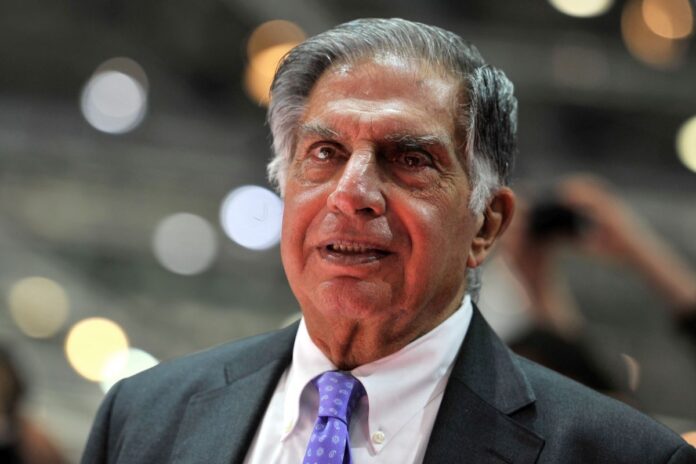
Knowing more about the Parsi community
Parsis, the followers of Zoroastrianism, engage in a distinctive practice known as “Dokhmenashini,” commonly referred to as the “Tower of Silence” method for their funeral rites. This ancient custom diverges significantly from conventional practices such as burial or cremation. Instead, after a person passes away, their body is placed atop a structure called the Tower of Silence, or Dakhma. This elevated site allows the deceased to be exposed to the natural elements and scavenging birds, particularly vultures, facilitating a process of decomposition.
The roots of this tradition lie in Zoroastrian beliefs that hold fire and earth as sacred elements that should not be defiled by the presence of a dead body. To these beliefs, the body undergoes ritual prayers and a cleansing process before being transported to the Dakhma by pallbearers known as “Nassesalars.” Once at the tower, the exposure to the environment allows the natural elements to reclaim the body in an eco-friendly manner. As the body decomposes, the bones eventually fall into a central well located within the structure, completing the cycle of return to the earth.
In contemporary urban settings, however, there has been a noticeable decline in vulture populations, prompting some adaptations to this age-old practice. To address this challenge, solar concentrators have been introduced to expedite the decomposition process, reflecting a blend of tradition and modernity.
The Zoroastrian perspective on death is rooted in the belief that the physical body, upon death, becomes contaminated by dark forces. This understanding shapes their approach to funerary practices, as life is viewed as an ongoing struggle between Light, represented by the supreme deity Ohrmazd (Ahura Mazda), and Darkness, symbolized by Ahriman (Angra Mainyu). When an individual dies, they can no longer contribute to this cosmic battle, and thus their body is regarded as overtaken by these dark influences.
In Zoroastrian philosophy, the elements of fire, earth, and water are treated with great reverence, and there is a strong belief that the darkness associated with the deceased could pollute these sacred elements. For this reason, practices such as cremation, burial, or disposal of bodies of water are discouraged. Instead, by placing their dead in a Dakhma, Parsis ensure that the body is naturally decomposed, allowing vultures and the forces of nature to take their course.
Furthermore, the act of allowing vultures to consume the body is viewed as a final charitable gesture by the deceased, contributing to the sustenance of other creatures. This practice underscores the Zoroastrian commitment to respecting nature and maintaining purity, even in death, by enabling the body to return to the earth in a manner that honors the sanctity of the elements.
However, following the decline in vulture populations after 1990, many Parsis have started to turn to electric crematoriums as a practical alternative, reflecting the ongoing challenges faced by the community in preserving their traditional practices. While some families adhere to the ancient rites, others have adapted to modern circumstances, highlighting the dynamic interplay between tradition and contemporary realities within the Parsi community.
